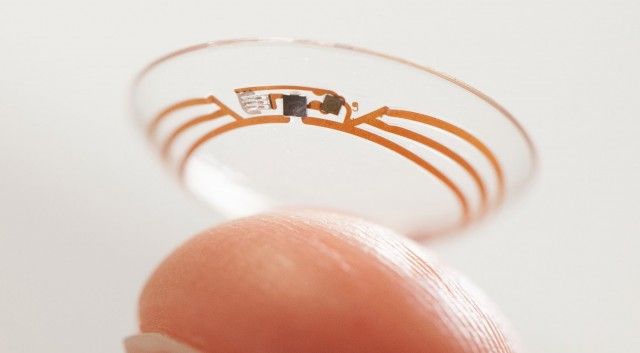By Sebastian Anthony - ExtremeTech
A breakthrough in graphene imaging technology means you might soon have a smart contact lens, or other ultra-thin device, with a built-in camera that also gives you infrared “heat vision.” By sandwiching two layers of graphene together, engineers at the University of Michigan have created an ultra-broadband graphene imaging sensor that is ultra-broadband (it can capture everything from visible light all the way up to mid-infrared) — but more importantly, unlike other devices that can see far into the infrared spectrum, it operates well at room temperature.
As you probably know by now, graphene has some rather miraculous properties — including, as luck would have it, a very strong effect when it’s struck by photons (light energy). Basically, when graphene is struck by a photon, an electron absorbs that energy and becomes a hot carrier – an effect that can be measured, processed, and turned into an image. The problem, however, is that graphene is incredibly thin (just one atom thick) and transparent — and so it only absorbs around 2.3% of the light that hits it. With so little light striking it, there just aren’t enough hot carrier electrons to be reliably detected. (Yes, this is one of those rare cases where being transparent and super-thin is actually a bad thing.)
